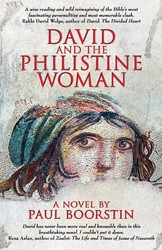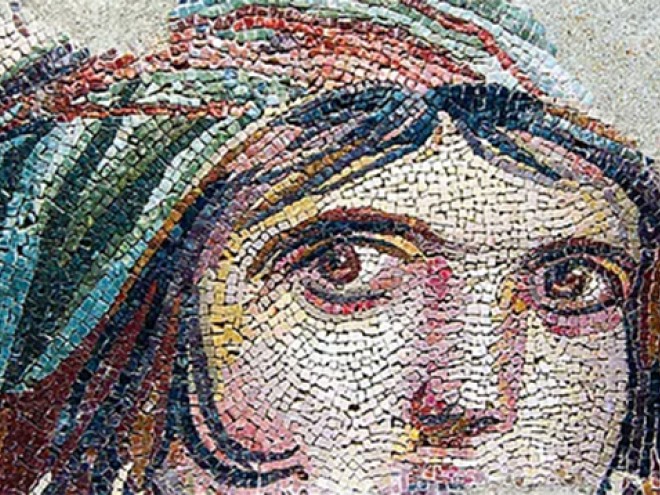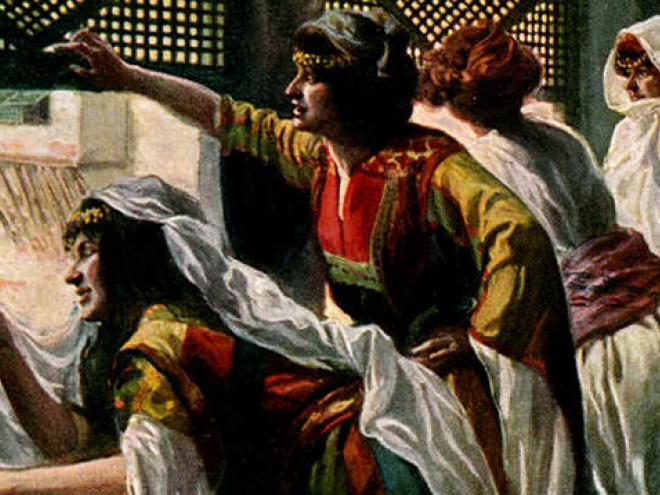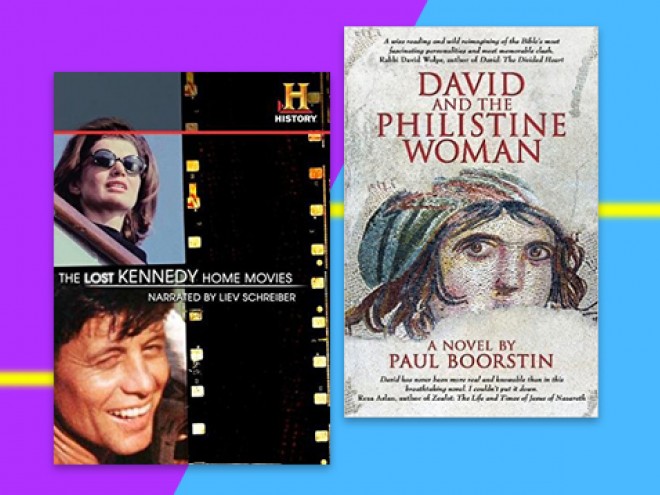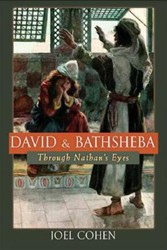This work of biblical fiction concentrates on the period of David’s youth, from his days as a shepherd until his famous clash with Goliath. Based on chapter 17 of the first Book of Samuel, the novel provides imagined details about background, characters, and conversations that colorfully and creatively enhance the original text.
Paul Boorstin is an award-winning documentary filmmaker and screenwriter with experience working for Discovery, History, and National Geographic. He brings his trained eye to the story of David before he becomes King of the Israelites, delving into David’s strained relationships with his father and brothers, and difficult encounters with the unstable King Saul. His mother, who isn’t mentioned in the Bible, has a large role here. We witness the tentative budding romance between David and Michal, daughter of King Saul and the hard-won friendship between David and Jonathan, the fearless warrior son of King Saul, who is next in line for the throne.
David the shepherd wanders alone, worshipping G‑d through his kindness for the flock and attention to the rhythms of nature. He is belittled by his warrior brothers and by his pious father, who spends his days and nights praying alone. His mother, however, believes he is destined for greatness, so David isn’t surprised when he is anointed secretly by the prophet Samuel. David constantly awaits to hear the voice of G‑d but is disappointed again and again; instead he learns to follow his own heart and instincts to gain the high level of confidence needed for leadership.
Boorstin also places the biblical story within a broader religious landscape, highlighting four different types of worship prevalent at the time. The Israelites are forbidden graven images and believe in the invisible one G‑d whose Ten Commandments are housed in the Ark of the Covenant and protected by priests. The Philistines worship Dagon, who is depicted in menacing graven images that necessitate the constant sacrifice of animals. A hidden society of hunted women believe in the female goddess Ashdoda, a beautiful idol whose tears became powerful stones when they fell to earth; women secretly pray to her for fertility and other blessings. There are Nubian traders who worship serpents, which are tattooed onto their skin.
Goliath is a singular giant warrior who leads the Philistines of Gath in their mortal fight against the Israelites. The Dagon priests search for a bride for Goliath, a woman who equals him in stature and strength to create an army of giants. Nara illegally forges excellent iron weapons for her father Ezel which the Philistines use against the Israelite’s lesser weapons. Nara’s development provides a backdrop for the ultimate battlefield meeting between David and Goliath.
In the vein of Anita Diamant’s The Red Tent, Anne Roiphe’s Water from the Well, Rebecca Kohn’s The Gilded Chamber, and so many more, David and the Philistine Woman may engender enough curiosity to encourage the reader to go back the original texts of the Bible. This is just one more reason to devour this luscious novel and look forward to more smart, entertaining books by Paul Boorstin.
Miriam Bradman Abrahams, mom, grandmom, avid reader, sometime writer, born in Havana, raised in Brooklyn, residing in Long Beach on Long Island. Longtime former One Region One Book chair and JBC liaison for Nassau Hadassah, currently presenting Incident at San Miguel with author AJ Sidransky who wrote the historical fiction based on her Cuban Jewish refugee family’s experiences during the revolution. Fluent in Spanish and Hebrew, certified hatha yoga instructor.

